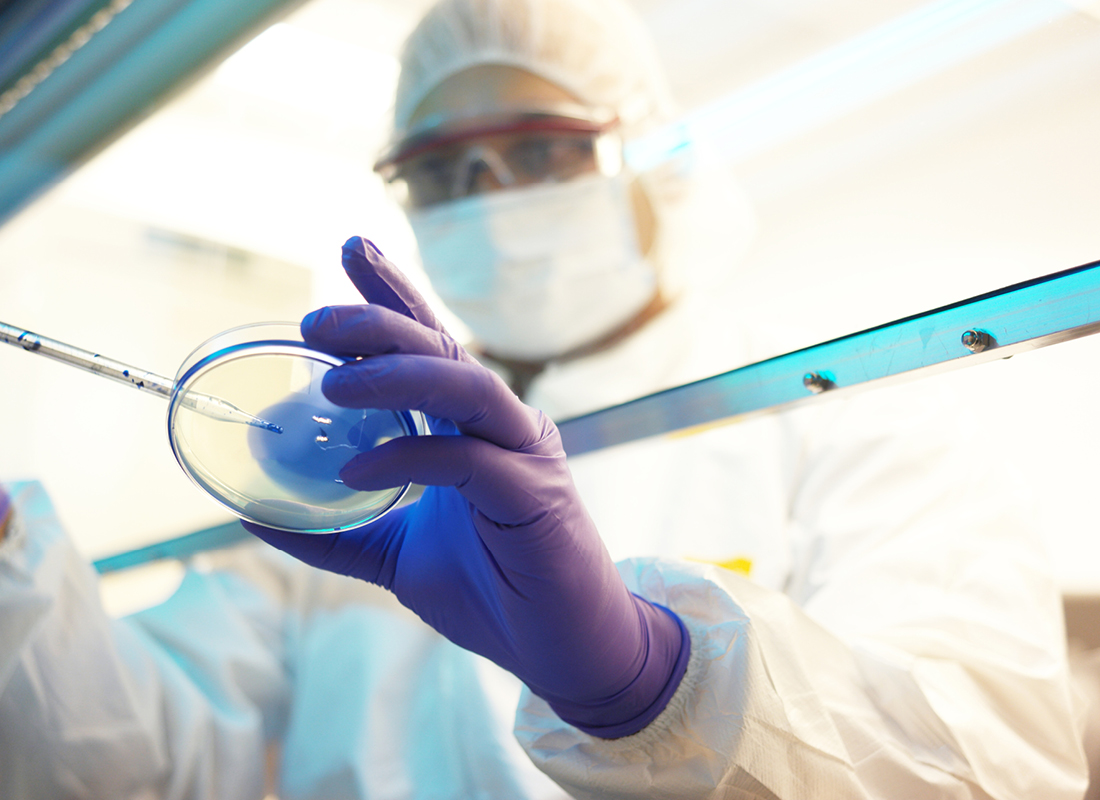New Study Supports Use of Liquid Biopsy Technology to Bolster MRI Accuracy in Cancer Treatment
Important new evidence has emerged supporting the capabilities of liquid biopsy to enhance the accuracy of magnetic resonance imaging (MRI) for cancer diagnosis and treatment. That evidence comes from a new report revealed at the annual American Association for Cancer Research (AACR) showing that adding liquid biopsy to MRI may improve the ability to gauge breast cancer treatment response. Here is an overview of the report and what it may portend. The Diagnostic Challenge Liquid biopsy is a noninvasive diagnostic approach involving isolation of circulating tumor markers such as cell-free nucleic acids and circulating tumor cells from peripheral blood. The tumor microenvironment hosts growing and apoptotic cancer cells that release biomarkers into the circulation, that can subsequently be collected for use in analyzing tumor biology. Can the capabilities of liquid biopsy to measure plasma cell-free DNA (cfDNA) non-invasively and at relatively low cost be used to enhance the accuracy of MRI? This question has become an important focus of cancer research in recent years. The AACR Report The AACR report comes from a retrospective study sponsored by the University of Genoa and other organizations in Italy. The study focuses on cancer patients after they receive chemotherapy and before surgery. Under […]

Important new evidence has emerged supporting the capabilities of liquid biopsy to enhance the accuracy of magnetic resonance imaging (MRI) for cancer diagnosis and treatment. That evidence comes from a new report revealed at the annual American Association for Cancer Research (AACR) showing that adding liquid biopsy to MRI may improve the ability to gauge breast cancer treatment response. Here is an overview of the report and what it may portend.
The Diagnostic Challenge
Liquid biopsy is a noninvasive diagnostic approach involving isolation of circulating tumor markers such as cell-free nucleic acids and circulating tumor cells from peripheral blood. The tumor microenvironment hosts growing and apoptotic cancer cells that release biomarkers into the circulation, that can subsequently be collected for use in analyzing tumor biology.
Can the capabilities of liquid biopsy to measure plasma cell-free DNA (cfDNA) non-invasively and at relatively low cost be used to enhance the accuracy of MRI? This question has become an important focus of cancer research in recent years.
The AACR Report
The AACR report comes from a retrospective study sponsored by the University of Genoa and other organizations in Italy. The study focuses on cancer patients after they receive chemotherapy and before surgery. Under current methods, MRI is used to measure cfDNA in patients treated for localized breast cancer. However, as the study indicates, use of MRI alone for this application yields results of “suboptimal accuracy.”
Current methods of post-chemotherapy and pre-surgery assessment of axillary node response are also invasive to the extent that they typically involve performing sentinel lymph node biopsy followed by lymph node dissection in patients who do not have a complete response.
Given MRI’s limitations as a presurgical guiding tool and the invasive nature of lymph node response, the researchers set out to explore whether cfDNA testing could aid in the assessment of pathological complete response in the crucial period between chemotherapy and surgery. To find out, the researchers analyzed blood from breast cancer patients who had undergone neoadjuvant anthracycline/taxane chemotherapy. They profiled samples available from the time of diagnosis and after treatment based on histopathological analysis and created a DNA integrity index to measure the degree of fragmentation of cells in the blood of responders and non-responders.
The Study Findings
The researchers used their cfDNA integrity index to evaluate 38 patients, of whom 11 had a pathological complete response after neoadjuvant chemotherapy treatment. They applied the cfDNA integrity to assess both the accuracy of MRI and cfDNA integrity indexing performed alone and MRI performed together with cfDNA when the results were in agreement. Result: Agreement of MRI and cfDNA results yielded a positive predictive value of 87.5 percent and a negative predictive value of 94.7 percent.
Accuracy in Predicting Pathological Response after Chemotherapy
| MRI alone | cfDNA Integrity Index | MRI + cfDNA (when in agreement) |
| 77.1 percent accuracy | 81.6 percent accuracy | 92.6 percent accuracy |
The researchers are planning a study to build on their findings. First, they plan to evaluate the value of the cfDNA integrity measure and MRI in assessing complete pathological response in a larger sample of similar breast cancer patients. If that phase proves successful, they will carry out a follow-up study of the clinical utility of the MRI/cfDNA integrity index for assessing complete response, replacing sentinel lymph node biopsy with ultrasound to measure the local rate of relapse.
Takeaway
While there is still more research to do, these preliminary findings suggest that when used together with MRI, liquid biopsy does have the potential to improve accuracy and spare patients the need for sentinel lymph node biopsy. This study reinforces earlier research supporting the potential of liquid biopsy and ctDNA testing to improve cancer diagnosis and treatment when combined with MRI.
Subscribe to Clinical Diagnostics Insider to view
Start a Free Trial for immediate access to this article